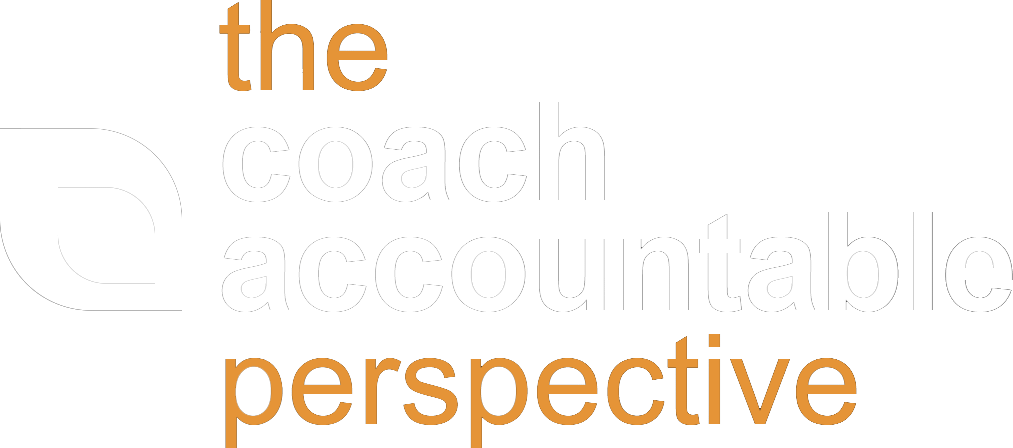What’s your coaching style?
Before reading on, put your eyes back on the question above and notice what pops up as your mind begins formulating the answer.
Give it a beat before you move on. Again, What’s your coaching style?
…
Now I’m going to venture a prediction. When you reflected just now on the question, I bet your answer was mainly to do with how it is you speak and listen during your coaching sessions. Things like:
- Which areas you coach around.
- How you establish rapport, trust.
- How you lead an inquiry.
- How and what you share from your own life.
- The ways in which you challenge your clients.
- The things you’re adept at giving guidance on.
- How readily you do or do not dispense with advice, and the sorts of advice you give.
You might have thought of some common quips or soundbites that are go-to’s for you. Certain lines or anecdotes you have waiting in the wings. You might have thought of the adjectives that might describe your demeanor, such as patient, on-point, driving, flowing, intuitive, high-level, outcome-oriented, rigorous, more forgiving, agenda-led or blank slate.
All of these are strictly to do with how you converse in your coaching sessions. And they are NOT the full picture of your coaching style.
To complete the picture of any given coaching style, there is to account for the various practices that round out the all-told coaching experience. For example, if you have clients fill out a prep form before sessions, that’s part of your coaching style.
Here’s a non-exhaustive list of other types of practices that can constitute a coaching style:
- The rules for working with you, e.g. expectations and agreements for accountability and showing up
- How you present those rules, expectations and agreements to clients and get their buy-in
- How the engagement is structured, including duration and overarching goals
- How and when action plans are formulated and documented
- How and when progress is reviewed
- How and when meaningful measurables are to be determined and tracked
- How and when meaningful measurables are to be reviewed
- How, when and by whom sessions will be documented
- What work client is expected to do before or after sessions
- What and when various materials and resources will be shared
- What work will be assigned
- What expectations there are around those resources and assignments
- The cadence and duration of the sessions
- The routine staples of typical sessions
- The structure and intentions of the various sessions (first, second, third, etc.)
- How clients are onboarded
- How engagements are wrapped up
- Opportunities and occasions for client feedback, during and after
A few observations about these practices:
These practices frame and color the experience of working with you. They set expectations, they give your clients something to do beyond the conversations, they lend power and purpose to those conversations, and they amount to their work with you being documented (which means they amount to what your client will remember).
The default is to have nothing created for these practices. Never talked about, never done, never planned for, maybe made up on the fly as needed. Coach training and standards of coaching competence generally prescribe nothing for most of these. They are viewed as an afterthought, or outside of the scope of a coach’s job.
Coaches are generally on their own to design these practices from scratch. Because training and credentialling give so little emphasis to them, most coaches don’t.
These practices offer your would-be clients a window into how you work. The value of conversations alone are hard to convey without a lot of suspiciously flowery and vague language, language that is apt to (even if unfairly) trigger someone’s BS detector. You can convey a lot about how you operate by sharing about the structures that underpin and give power to those conversations, and do so in much more credible terms.
Having a well-defined set of practices is a more buttoned-up look than not. If you don’t have any, it’s easy for more skeptical audiences to write you off as someone who’s just winging it.
You might think a coaching style is only to do with what you say and how you be during the sessions themselves. That ain’t the whole picture, and clients can instantly perceive the difference.
With its first-class support for Action plans, Metrics, Session Notes, Worksheets, File sharing, Agreements and more, CoachAccountable is a full-fledged vehicle for designing and executing ALL of these practices.
This amounts to your coaching having style and substance that is far more than conversations alone.
And if you don’t know where to start, the CoachAccountable Webinar Series and Knowledge Base will provide you with in-depth, actionable lessons on whichever practices you’re interested in.








